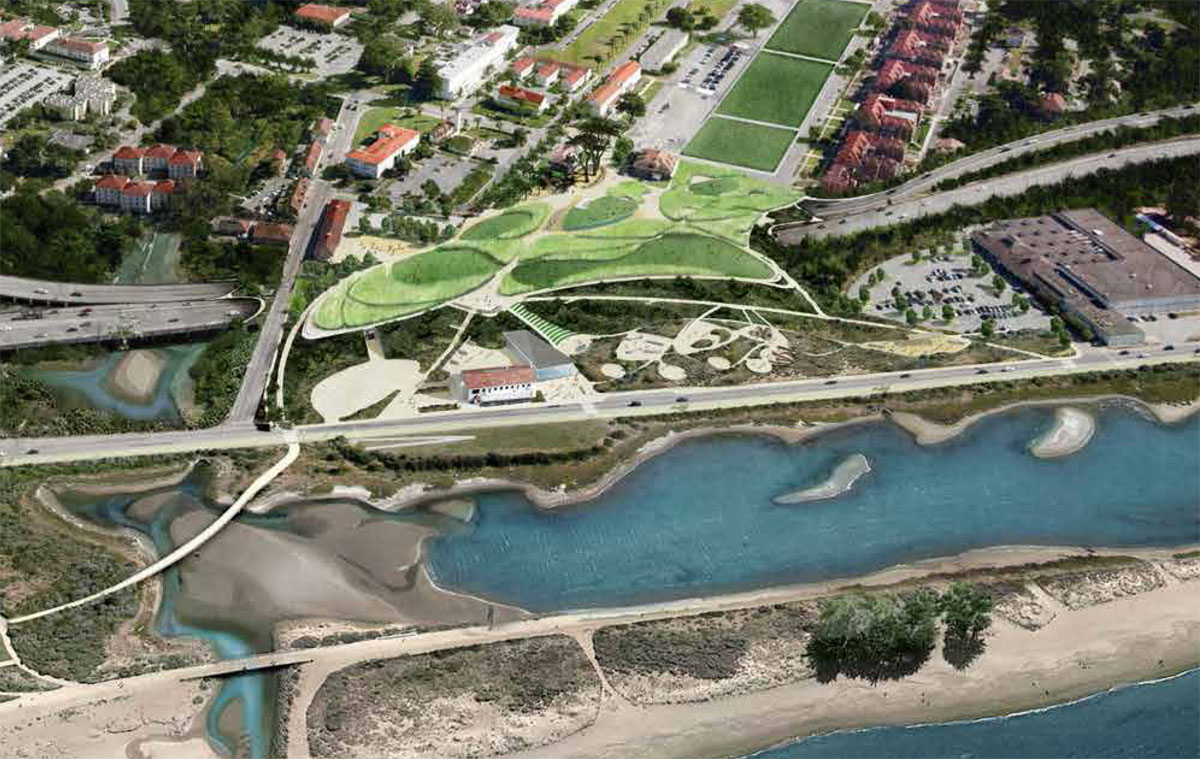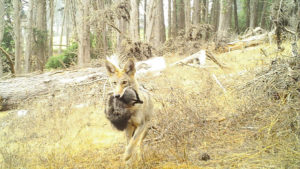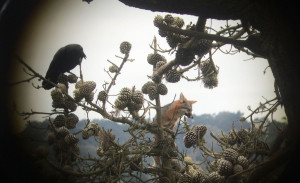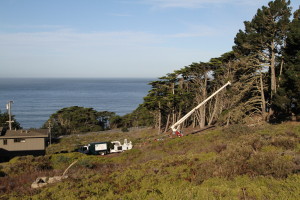an Francisco’s Presidio has undergone major landscape changes in the last few centuries, from dunes and scrub to military base to today’s mix of forests and wildlife, family picnics, and community events. It has also, of course, been home to a major highway, the Doyle Drive connector leading up to the Golden Gate Bridge, an interruption in the park’s natural life that artificially separates the waterfront from the greater Presidio parklands. A few years ago, though, Caltrans decided to sink that road into a tunnel, and fill in on top of it, removing the highway presence in the park and creating 13 acres of new land. And that just left the question: what to do with the new space?
In January 2014 the New Presidio Parklands Project received $25 million from the S.D. Bechtel Jr. Foundation, the largest grant in Golden Gate National Parks Conservancy history, to try and answer the question. The grant funded roughly half the project, and allowed a tri-agency partnership, led in large part by the Presidio Trust, to hire a team of professional landscape architects from the James Corner Field Operations — famous for their work on Manhattan’s High Line Park — to come to San Francisco every month to plan the new parklands.
It’s not easy to design and plan for land that doesn’t exist yet. The solution was to phase in the project in three stages: “imagine”, “design”, and “build,” with the goal of opening the park in 2018.
The Presidio Trust and Golden Gate National Parks Conservancy then decided to open up the imagining and designing part to the public. “Community engagement grew out of our aspirations for the project,” said Michael Boland, the Presidio Parklands project manager. “We knew it would only be a success if the community was involved.”
So the first big decision – what design team to hire – became a popular contest, with five design teams displaying their visions for the tunnel-top park for people to view. More than 7,000 people participated in meetings, went on tours, and came through an open gallery exhibiting the five ideas, and, the Presidio Trust says, by popular demand Corner’s design was chosen. For the High Line project in New York, the Corner team transformed an abandoned strip of elevated railway tracks into a living landscape that winds through the city as the tracks do. They’ve taken the same approach of incorporating nature into the city for the Presidio. “His team was by far the one that the community thought had the right feeling,” Boland said. “The design was simple, open, adaptable. The real emphasis was on environmental restoration and the use of native plants.”

In public meetings around the City in the last six months, residents have weighed in on the design – which now, in a semi-final form, reflects that diverse input. With the design still in a public comment phase, the Presidio Trust is offering weekly public tours of the site through September.
As it is now, on the inland side of where the highway was, where the new parklands begin, the transit and visitor centers will remain. A wide walkway will lead toward a central lawn, which narrows as it ambles toward the waterfront. Paths head up the cliff, along the bluff, or down into the East Meadow, which lies directly on top of the tunneled highway. The lawn and meadow will have recreational facilities for sports and picnics. On the coastal side of the underground highway, where there would be a richer ecosystem, walkways meander amongst arrays of native plants, including a region that is described as a “learning landscape,” designed to give visitors a chance to interact with and better understand Northern California horticulture. “Even though the land itself is new, we have a lot of context to work with,” Boland said.
But one lesson from the community design sessions is not to focus just on the physical space, but on the programs it might offer. The designs include a youth center and amphitheater, and there’s a general emphasis on getting young visitors into nature. ”These parklands were created to bring urban populations natural park experiences,” Boland said. “The research suggests that it’s best to start with children if you want to have a meaningful impact on their lives.”
Find out more about the site design and history, or sign up for a tour at http://newpresidioparklands.org/





